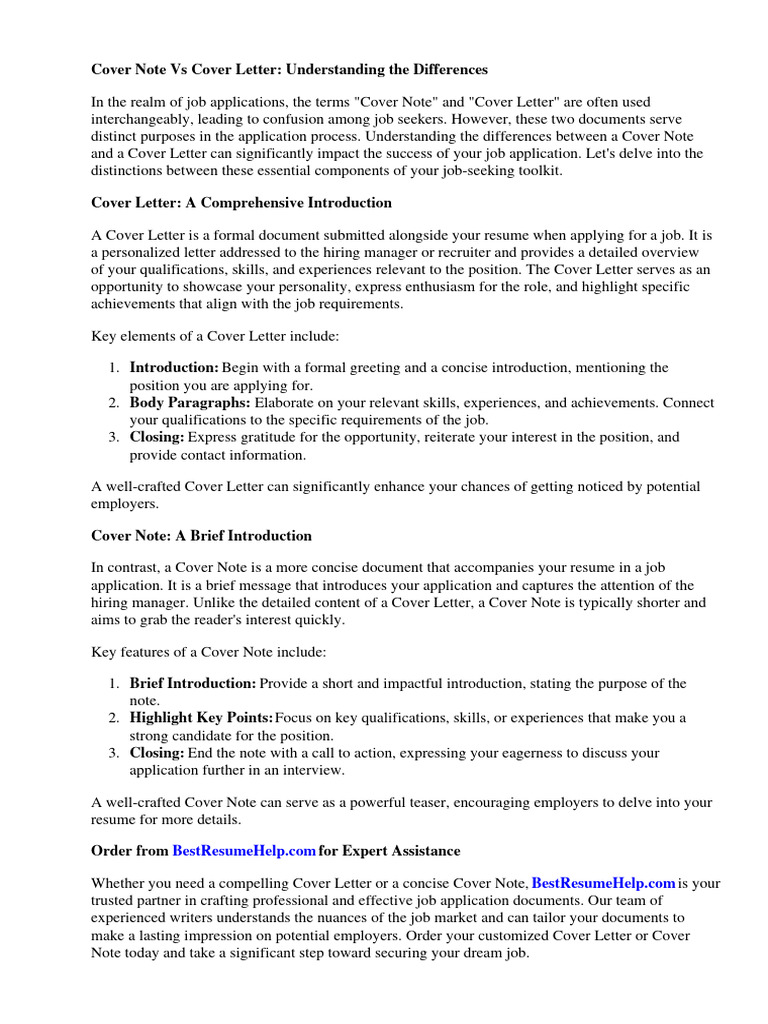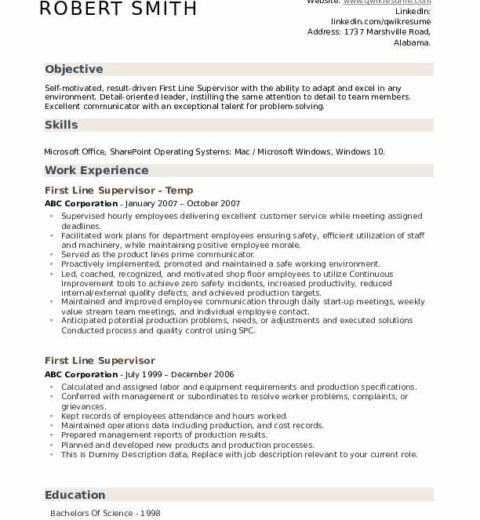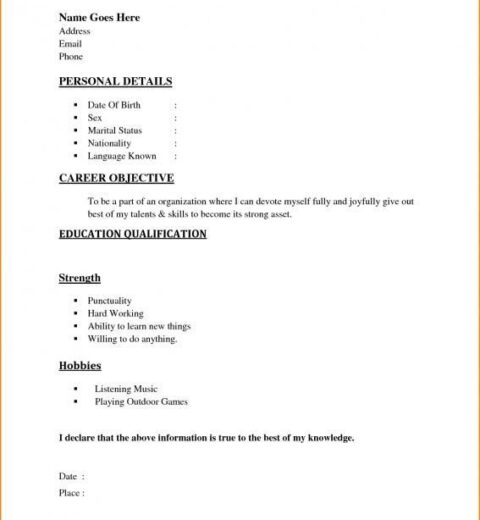In the intricate landscape of job applications, the cover note emerges as a nuanced treasure, akin to a hidden gem in an expansive cave. It embodies a delicate interplay of formality and personal touch, serving as a bridge between the résumé and the potential employer. This article will delve into the essence of a cover note, elucidating its significance, appropriate instances for usage, and how to construct one that resonates with its audience.
A cover note is essentially a succinct document that accompanies a résumé, functioning not merely as a prelude but as a compelling narrative that accentuates a candidate’s qualifications and personality. Unlike a cover letter, which tends to be more formal and comprehensive, a cover note is typically brief, often capturing key elements in a few paragraphs. It serves as an invitation for the reader to delve deeper into the résumé that follows.
The critical distinction between a cover note and a cover letter lies in their intent and depth. The cover note is the fragrance that wafts from a blooming flower, enticing one to appreciate its beauty, whereas the cover letter may be likened to the sturdy stem, providing support and structure. Thus, understanding when and how to employ a cover note is paramount for an aspirant seeking to capture the attention of hiring managers.
Timing is pivotal when considering the utilization of a cover note. Primarily, it is most appropriately employed in circumstances where a formal cover letter is not requisite. This might occur during informal job applications or networking scenarios where a warm introduction is expected. Additionally, when a potential employer expresses interest in a more casual approach, a cover note serves as a fitting response, allowing for a relational rather than transactional tone.
However, while the warmth and brevity of a cover note can charm potential employers, it is imperative to ensure that it remains professional and to the point. Much like a painter who selects only the essential colors to convey a message, a candidate must distill their experiences and aspirations in a succinct manner. Highlighting key achievements, relevant skills, and a brief mention of the role for which one is applying can create a tapestry that interests the reader and paints a picture that complements the résumé.
In constructing a cover note, one might consider the acronym “CLEAR” as a guide: Clarity, Length, Engagement, Appropriateness, and Relevance. Clarity ensures that the message is communicated without ambiguity. Length encourages brevity, compelling the writer to focus on the essentials. Engagement invites the writer to infuse their personality into the note—an opportunity to showcase authentic enthusiasm for the potential role.
Appropriateness demands awareness of the context in which the cover note is presented. A knowing tone that aligns with the company culture will foster a favorable impression. Lastly, relevance dictates that every sentence contributes meaningfully towards the objective of securing an interview.
As with any written document, striking the right balance between professionalism and personality is crucial. One might illustrate their professional journey with a metaphor that elucidates their career path. For instance, “My career has been akin to a river, winding through various terrains, each twist and turn enriching my expertise.” Such imagery can engage the reader while also providing insight into the candidate’s path.
In conclusion, the unique appeal of a cover note lies in its capacity to convey a multifaceted narrative within the confines of a short space. Embracing this form allows candidates to present themselves not as faceless entities but as individuals with stories worth exploring further. By discerning the appropriate contexts for its use and adopting a framework that maintains clarity and engagement, candidates can elevate their job applications and foster connections that may just land them an interview.
Ultimately, the cover note is not merely an accessory but an integral part of the application ensemble. When utilized effectively, it transforms a static résumé into a lively dialogue. Thus, understanding its nuances and mastering its construction can very well be the key to unlocking career opportunities in a competitive job market.




